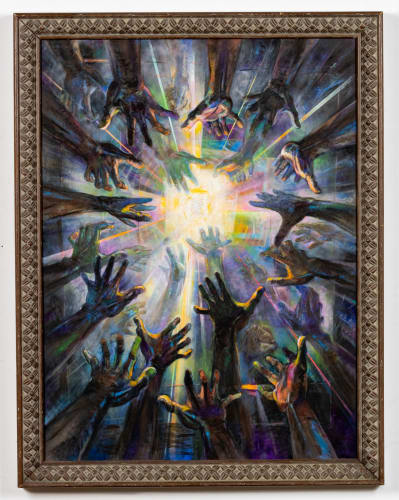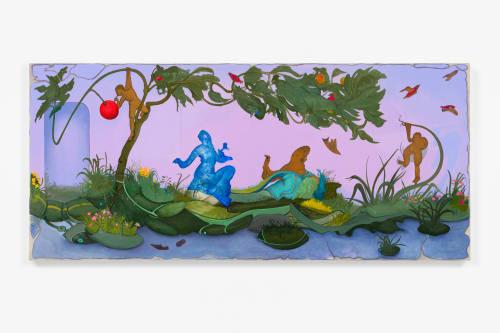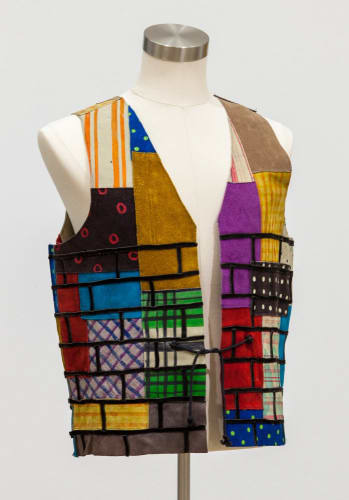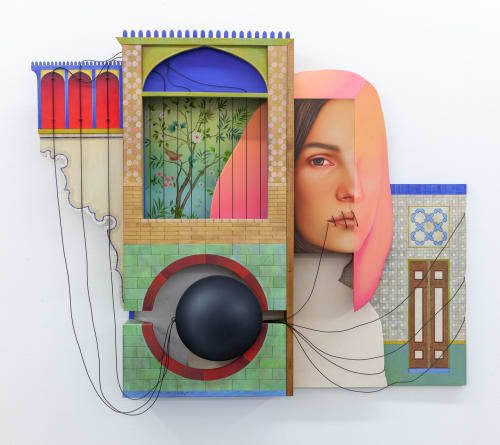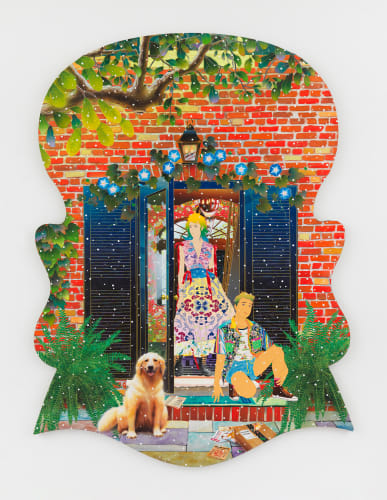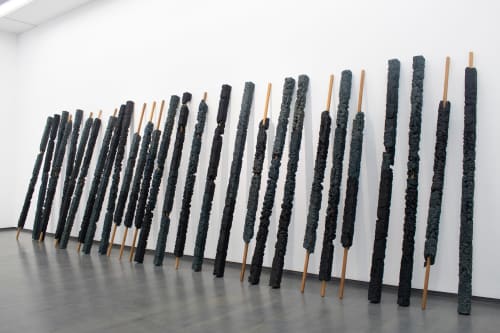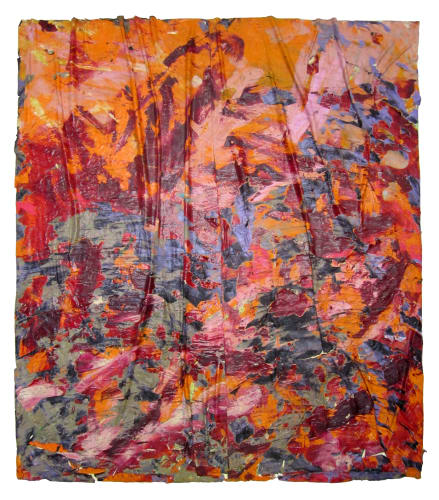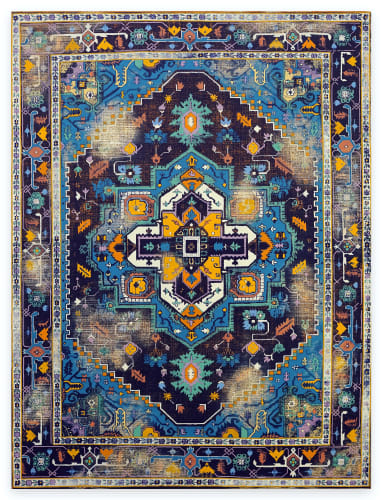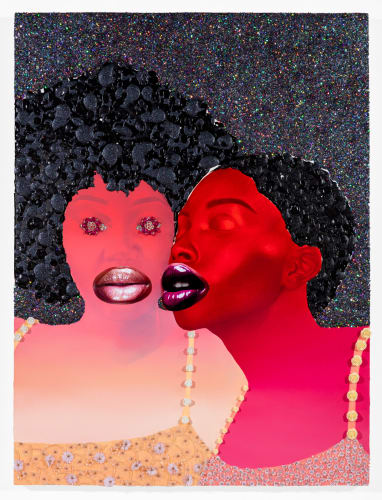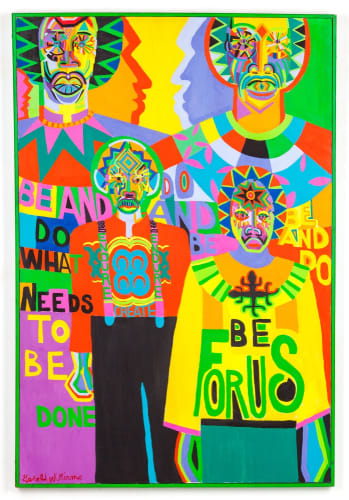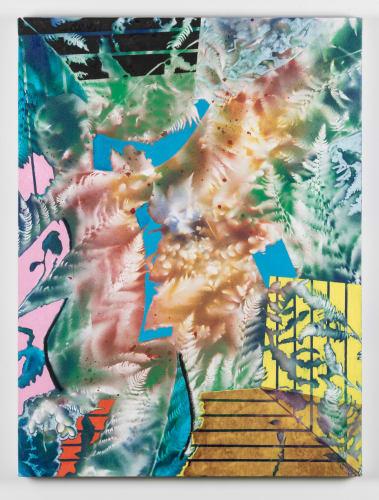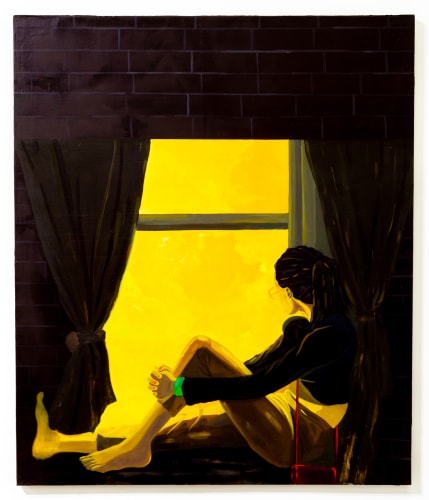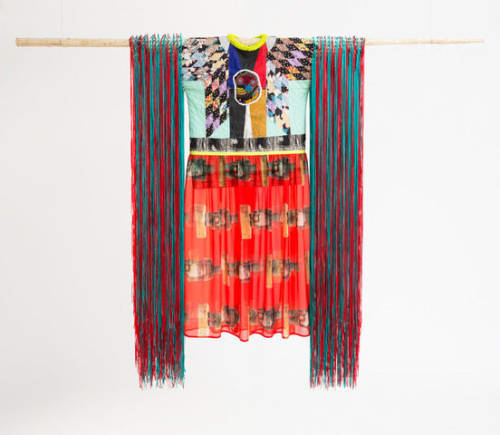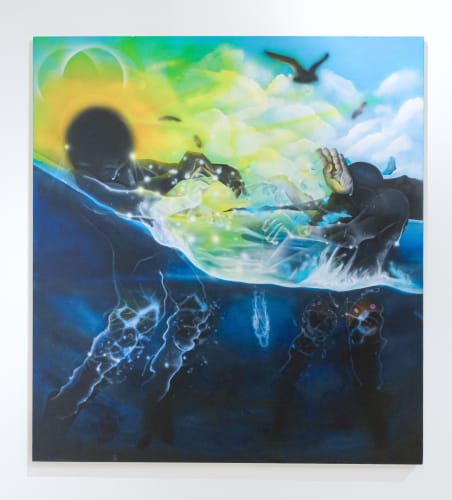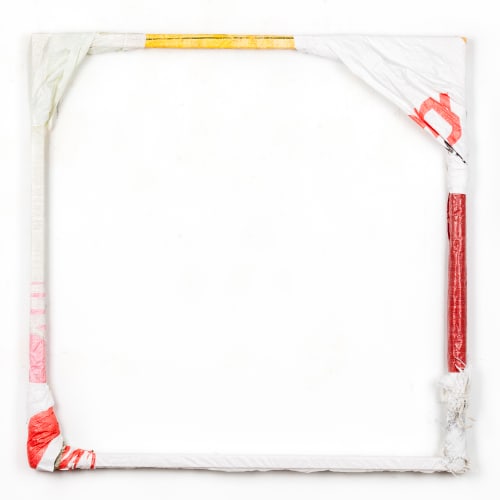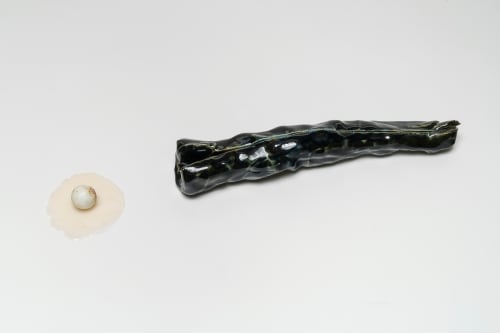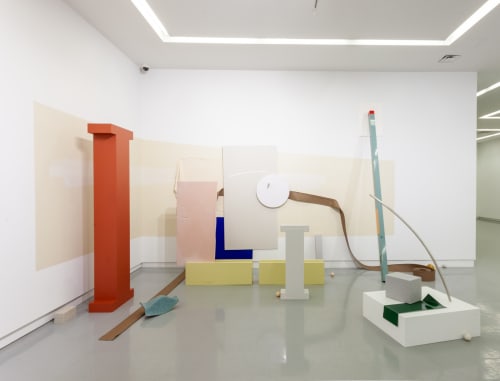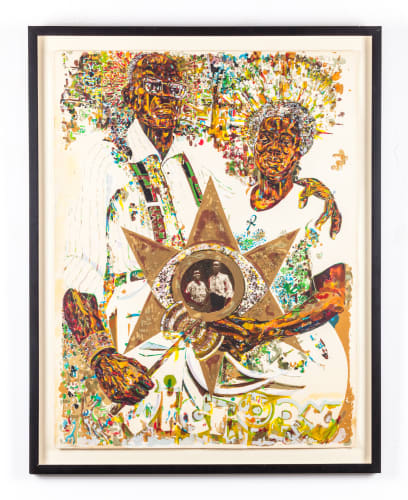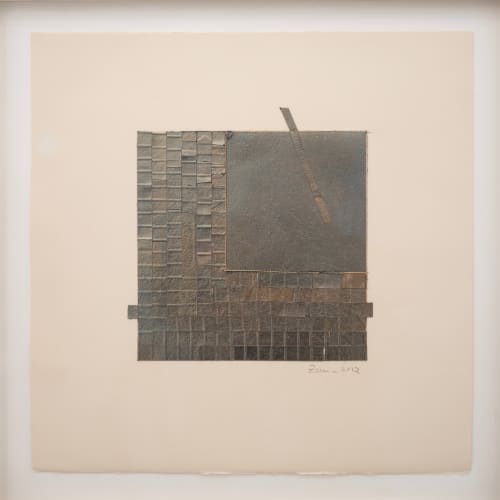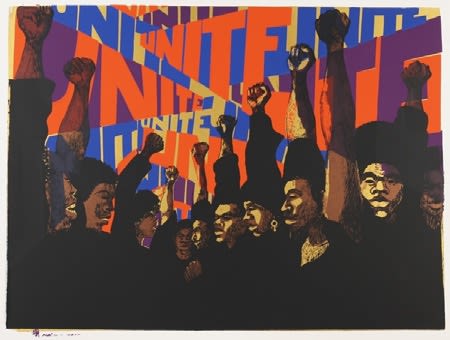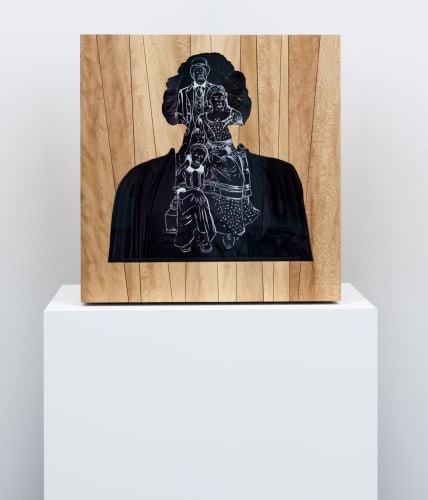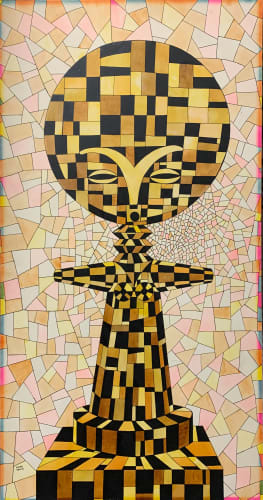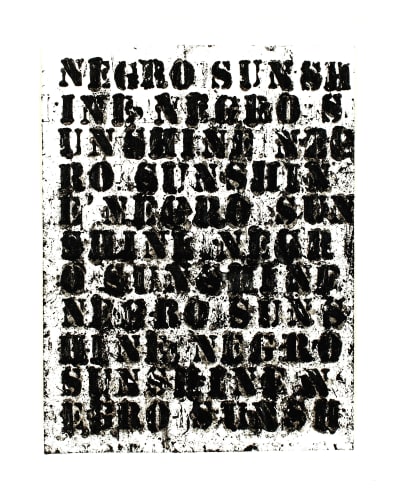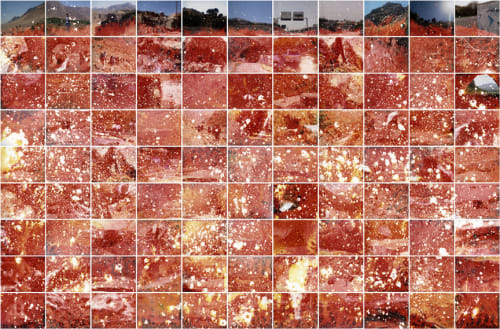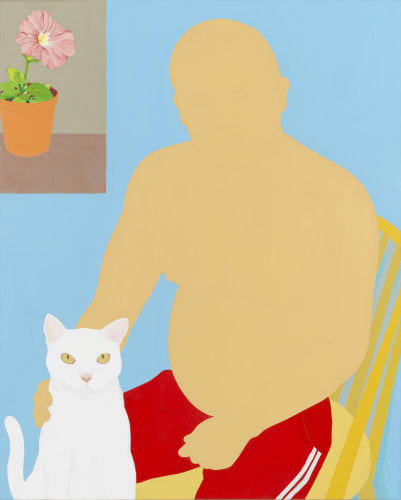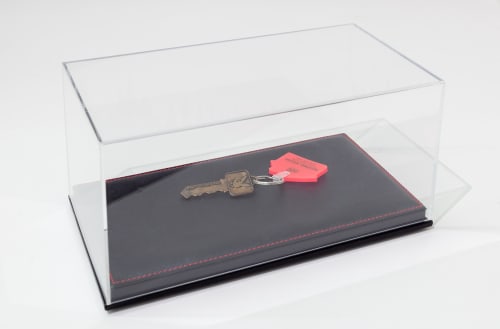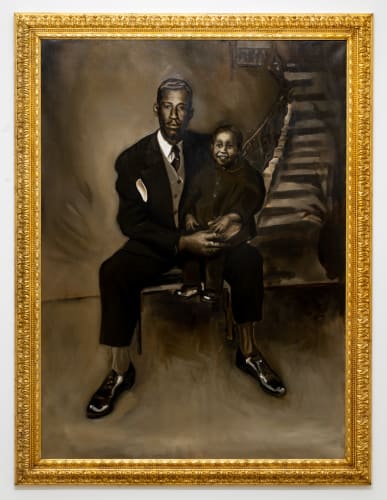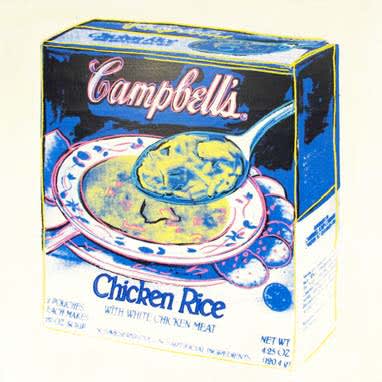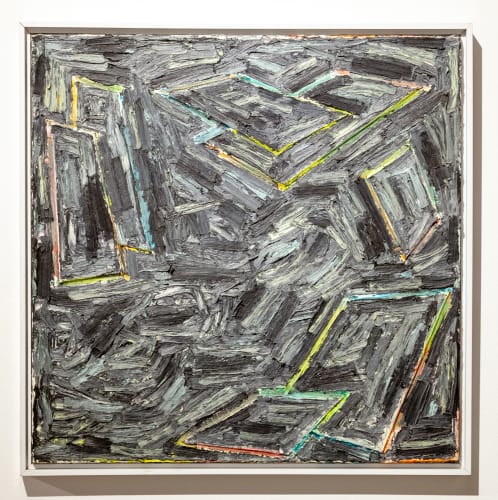Gallery Artists
-
AfriCOBRA
-
Miya Ando
-
Sherman Beck
-
Willie Cole
-
Alfred Conteh
-
Inka Essenhigh
-
Jae Jarrell
-
Wadsworth Jarrell
Kavi Gupta Projects
-
Johanna Billing
-
Estate of Roger Brown
-
Patrick Chamberlain
-
Dominic Chambers
-
Allana Clarke
-
Jeffrey Gibson
-
Armani Howard
Exhibited Artists
-
Young-Il Ahn
-
Firelei Báez
-
Alemeh Bagherian
-
Ernie Barnes
-
Katie Bell
-
McArthur Binion
-
Hebru Brantley
-
Gordon Cheung
-
Pamela Council
-
Abigail DeVille
-
Alexandre Diop
-
Jeff Donaldson
-
Beverly Fishman
-
Theaster Gates
-
Zarina Hashmi
-
Hans Hemmert
-
Barbara Jones-Hogu
-
Titus Kaphar
-
Babak Kouchaki
-
Omar Lama
-
Glenn Ligon
-
Al Loving
-
Curtis Mann
-
Jeffly Gabriela Molina
-
Yoshitomo Nara
-
Richard Prince
-
Sara Rahanjam
-
Shahpari Rahmani
-
Clare Rojas
-
Thomas Ruff
-
Karim Abu Shakra
-
Brooklin Soumahoro
-
Stan Squirewell
-
Thelonious Stokes
-
Tony Tasset
-
Chiffon Thomas
-
Andy Warhol
-
Jack Whitten
-
Haya Zaidi


